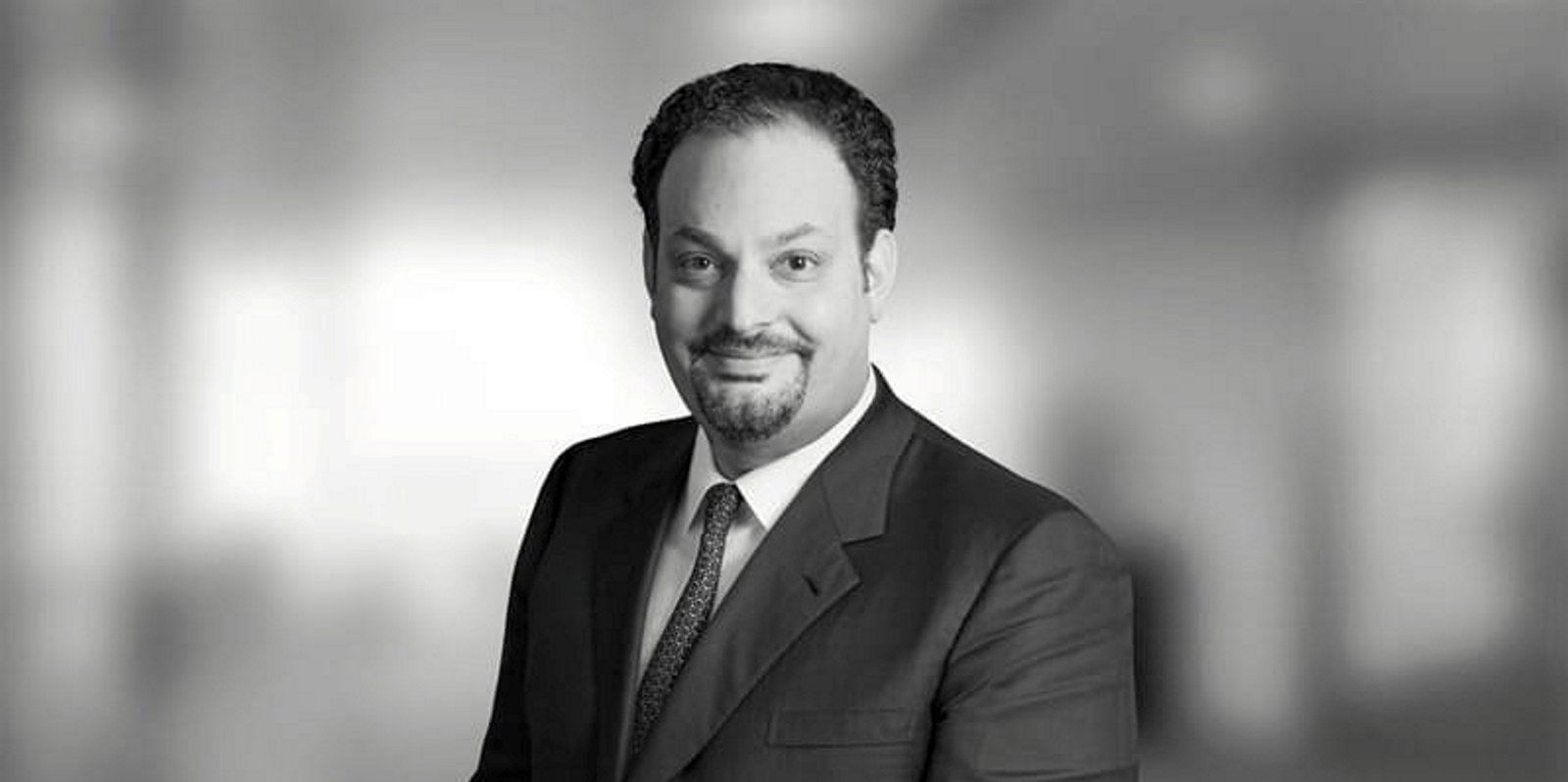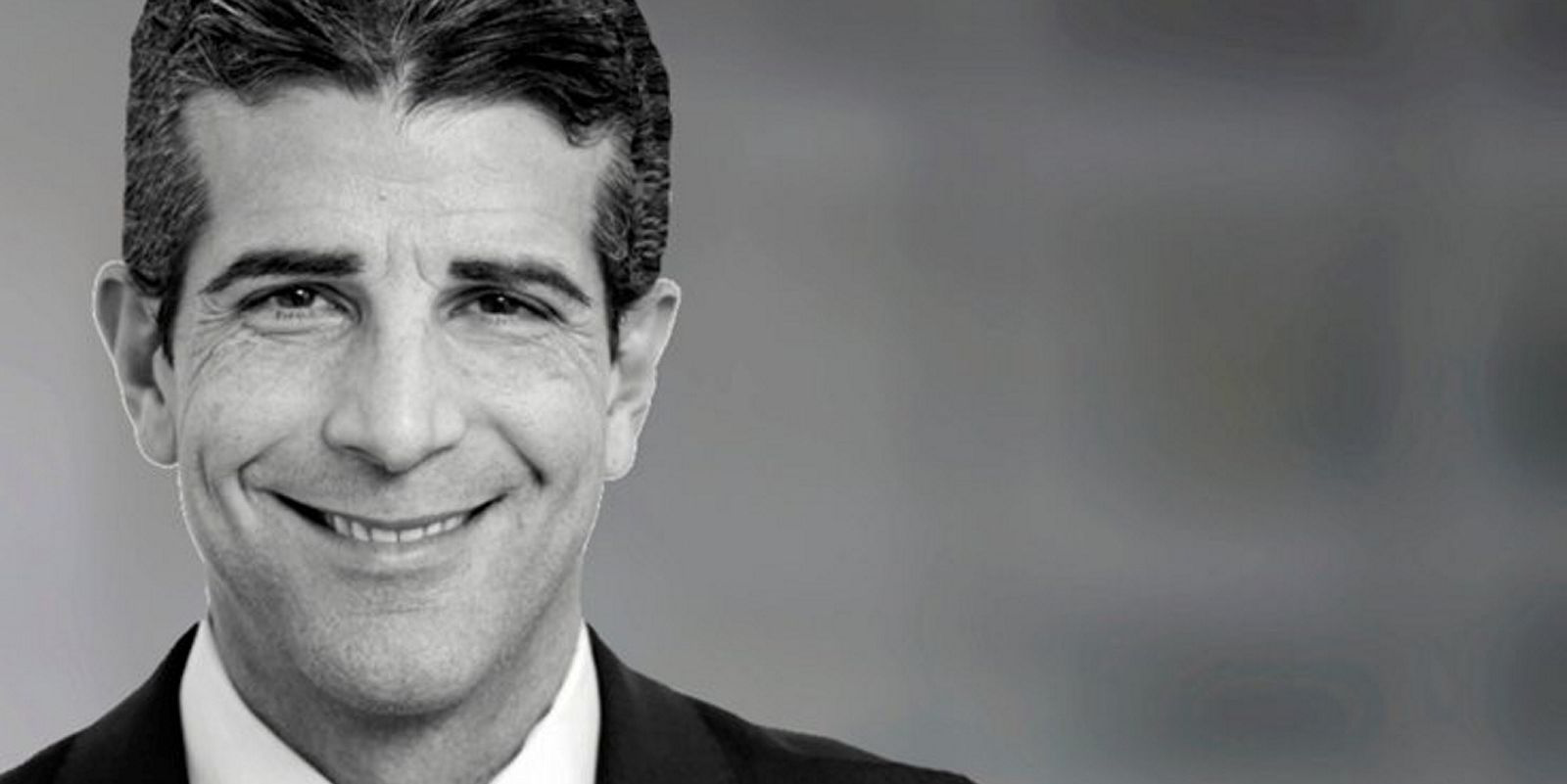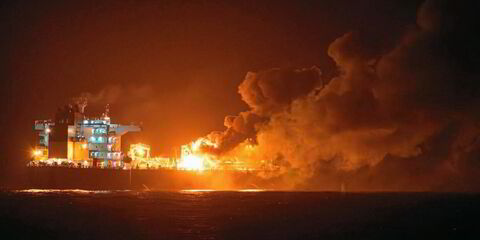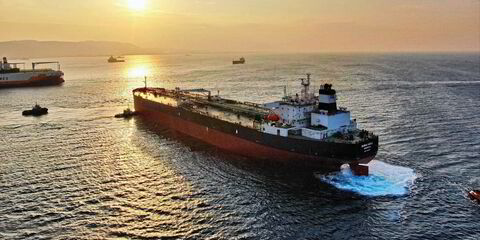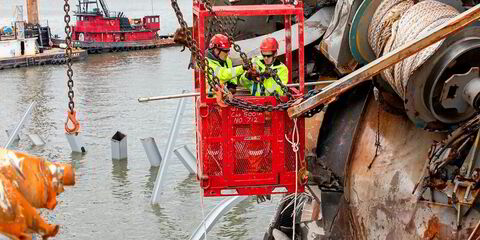Start-up Seabound is among a wave of maritime technology firms seeking to secure a final round of funding to take their emissions-beating solutions to market.
But the UK tech firm is perhaps one of the few not losing sleep over the fundraising challenge.
Seabound’s onboard kit captures carbon emissions by passing a ship’s engine exhaust through calcium oxide, which turns the CO2 into limestone before the exhaust goes out of the funnel.
It secured $4.2m in backing in 2022, according to data provider Crunchbase, with funders including the UK government-backed Clean Maritime Demonstration Competition, Eastern Pacific Shipping and LomarLabs, a Lomar Shipping subsidiary.
Seabound chief executive and co-founder Alisha Fredriksson believes the next round of series A funding will be enough to get the product over the line.
“It’s not something that keeps me up at night. Our systems are not as expensive as some of the challenges that other start-ups might face when you are building a battery factory, or starting up an electro-fuel plant,” Fredriksson said.
“We are building systems that are relatively small, relatively inexpensive, compared to really large-scale projects.
“We don’t need to be budgeting for building factories.”
Funding to date supported initial proof of concept trials on board a Lomar container vessel, the 40,478-dwt Sounion Trader (built 2003), on charter to Hapag-Lloyd.
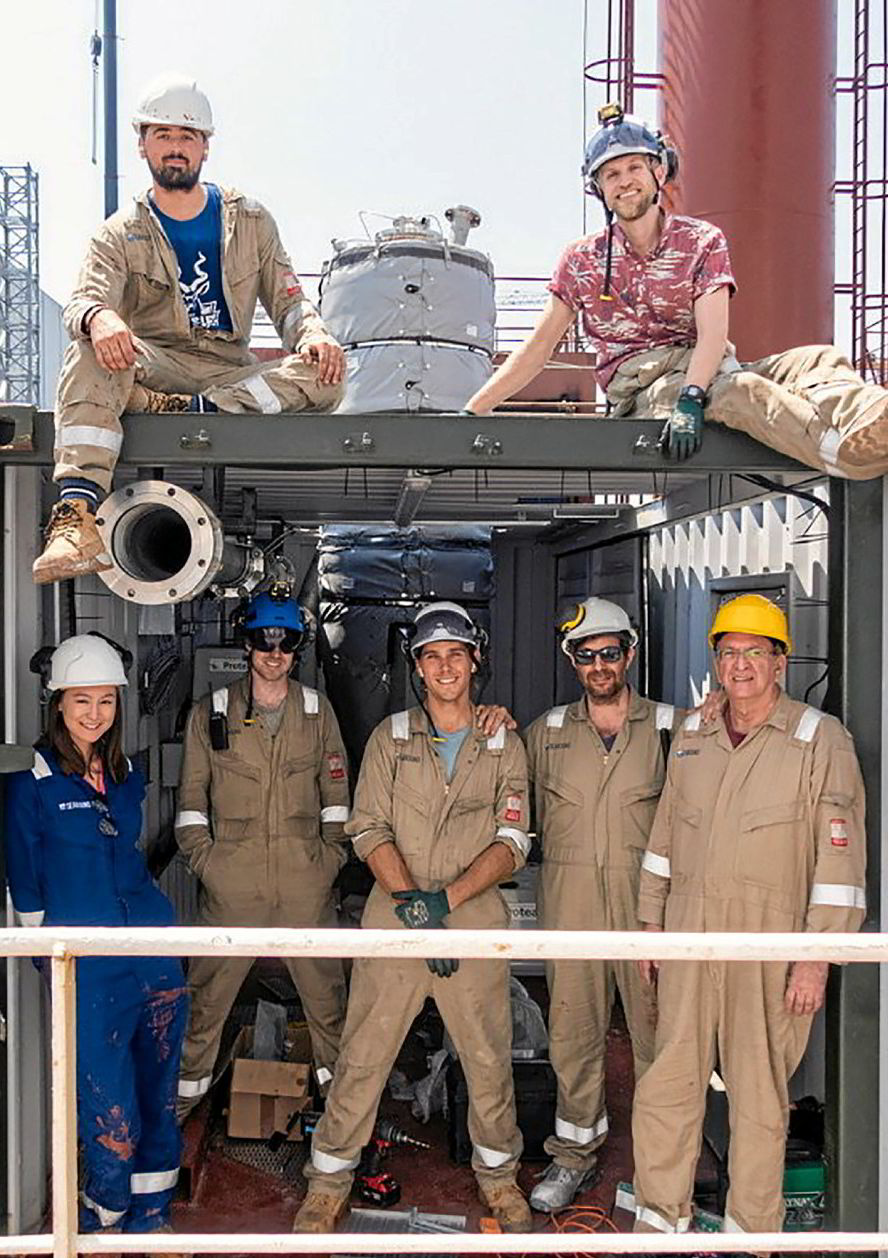
The project saw Seabound’s prototype system, which had already undergone land-based trials, installed on the vessel along with a container full of calcium oxide, a white caustic powder or granular solid also known as quick lime.
This CO2 was turned into limestone and stored in a second container.
After positive results, the system has been dismantled and returned to Seabound’s facilities in north London ahead of a second larger trial, which the company said will be a full-size commercial trial.
Capturing the imagination
Capturing CO2 and sequestering it or reusing it has become a cornerstone of industrial climate policy in recent years.
The International Energy Agency has recognised its use in heavy industries as a much-needed solution despite environmentalists’ criticism of its inefficiencies.
This has not stopped shipowners from ordering combined CO2 carriers as they see the future logistics market growing, and companies such as Seabound emerging with smaller-scale onboard solutions.
There have been other trials and projects funded by other potential developers in the past two years, and one technology firm is already offering a commercial product.
Netherlands-based Value Maritime has begun selling and installing its product on small to midsize vessels, announcing last year it had won a contract to install its bespoke system on nine Ardmore tankers.
Technology firm Wartsila has evolved its sulphur exhaust cleaning system and is set to trial it on board a Saga Tanker, while Mitsubishi has already trialled a system on a vessel in Asia.
Alfa Laval has also undergone trials of a system, and Norwegian firm TECO 2030 has said it too is working on entering the market.
In South Korea, Panasia obtained basic approval in principle for an onboard carbon capture system from the Korean Register.
Another company, Daphne Technologies in Switzerland, announced a year ago it had obtained a licence from Saudi Aramco Technologies to develop and commercialise mobile carbon capture technology, a system small enough for use on heavy-duty trucks, with which it is planning to target the shipping sector.
Challenges and limits
All these marine solutions will have one issue to deal with: the need to store the CO2 in some form so it can be removed from the ship and then, as in Seabound’s proposed case, reused, or fed into a larger CO2 transport system for sequestration.
The volume of storage space — whether for the limestone in Seabound’s case, the amine solution in Value Maritime’s or the liquefied CO2 tanks, and liquefaction system in some of the others — is a critical factor and a key determinant of how much CO2 can realistically be captured.
If a voyage produces more CO2 than can be stored, it will need to be emitted with the exhaust, reducing the voyage emission performance.
Fredriksson said it would be a case of mapping out the size of the tank needed depending on a vessel’s likely trading pattern.
“In terms of the types of routes, it’s certainly easier for us to start with fixed predictable routes, because we know where to set up that supply chain, essentially, because Seabound takes care of the calcium oxide supply in the calcium carbonate collection,” she said.
“However, given that we can just offload it and sell it as calcium carbonate, we are a bit more flexible than pure CO2 solutions, which is where we think even tramp voyages could be possible in the future.”(Copyright)


